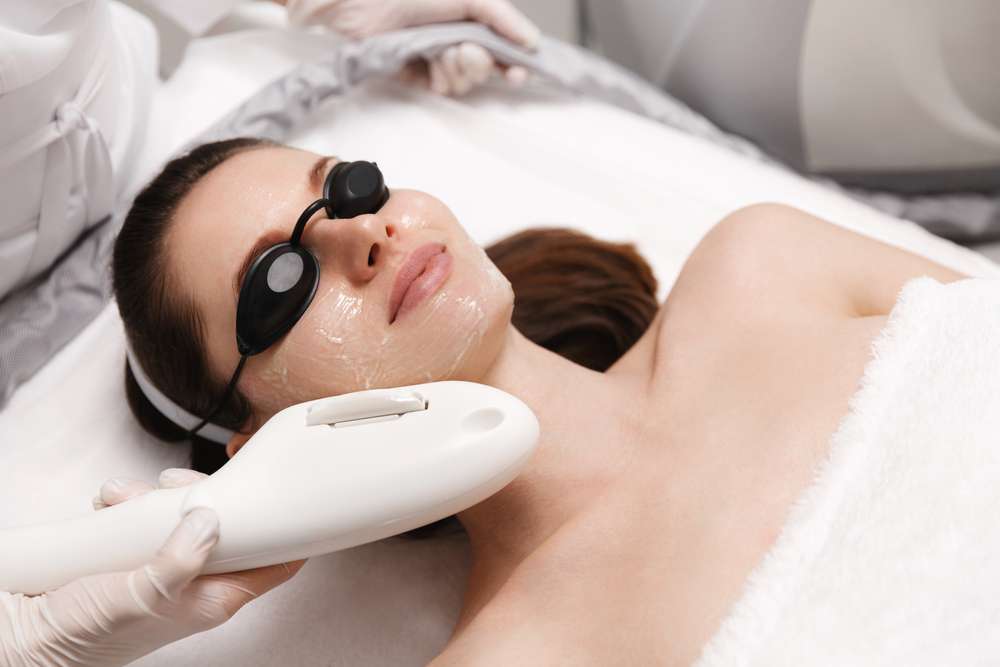Candidates for Corrective Eye Area Procedures
The appearance of the eyes significantly contributes to overall facial aesthetics, often being one of the first areas to show signs of aging. Concerns such as drooping eyelids, under-eye bags, and fine lines can make individuals appear tired or older than they feel. Corrective eye area procedures offer various solutions designed to rejuvenate the eye region, addressing these common issues and helping to restore a more alert and refreshed look. Understanding the different options available and determining suitability is a crucial first step for anyone considering such enhancements.

This article is for informational purposes only and should not be considered medical advice. Please consult a qualified healthcare professional for personalized guidance and treatment.
What is Laser Eyelid Surgery?
Laser eyelid surgery, medically known as laser blepharoplasty, is a cosmetic procedure designed to address concerns around the eyelids. It typically involves using a focused laser beam to remove excess skin, muscle, and fat from the upper and/or lower eyelids. The goal of this procedure is to create a more youthful and rested appearance by reducing puffiness, correcting drooping eyelids, and minimizing the look of under-eye bags. Unlike traditional blepharoplasty which uses a scalpel, laser technology offers a precise approach to tissue removal and coagulation, which can result in reduced bleeding and swelling during and after the operation.
Individuals often seek this procedure when they experience functional issues, such as impaired vision due to severely drooping upper eyelids, or aesthetic concerns like tired-looking eyes. The laser’s precision allows for very fine adjustments, which is particularly beneficial in the delicate eye area. This method aims to tighten the skin around the eyes and smooth out wrinkles, contributing to a refreshed facial appearance without dramatically altering one’s natural expression. The procedure is typically performed on an outpatient basis, meaning patients can return home the same day.
Understanding Laser Eyelid Surgery
Laser eyelid surgery employs advanced laser technology to perform the delicate incisions and tissue removal required for eyelid rejuvenation. The CO2 laser is a commonly used tool in this context, known for its ability to vaporize tissue with minimal thermal damage to surrounding areas. This precision helps in achieving fine cosmetic results and can contribute to a smoother recovery process. The laser’s heat also seals blood vessels as it cuts, which often results in less bruising and swelling compared to conventional surgical methods, potentially leading to a quicker return to daily activities for some patients.
Beyond just removing excess skin and fat, laser eyelid surgery can also be used to improve the appearance of fine lines and wrinkles in the periorbital area, sometimes referred to as crow’s feet. The laser’s effect on the skin can promote collagen remodeling, which may enhance skin texture and firmness over time. Patients considering this procedure should have a clear understanding of the process, including the preparation required, the steps involved during the surgery, and the anticipated recovery period. A thorough consultation with a qualified surgeon is essential to discuss individual goals and to ensure the procedure aligns with their expectations for eye area improvement.
Who is a Good Candidate for Laser Eyelid Surgery?
Determining suitability for laser eyelid surgery involves a comprehensive evaluation by a healthcare professional. Generally, ideal candidates are individuals who are in good overall physical and mental health, without serious eye conditions or other medical issues that could complicate surgery or healing. They typically present with concerns such as sagging or puffy upper eyelids that may obstruct vision, or prominent bags and excess skin in the lower eyelids that create a tired or aged appearance. Realistic expectations about the outcomes of the surgery are also paramount, as the procedure aims for improvement and rejuvenation rather than absolute perfection.
Age is a factor, though not a strict barrier; most candidates are typically over 35, as signs of aging around the eyes usually become more noticeable at this stage. However, some younger individuals may also be candidates if they have genetic predispositions to specific eyelid conditions. Non-smokers generally experience better healing and are often preferred candidates. Individuals with certain medical conditions, such as glaucoma, dry eye, or thyroid disorders, may require special considerations or may not be suitable candidates. A detailed medical history review, an eye examination, and a discussion of aesthetic goals are crucial steps in determining if laser eyelid surgery is the right option for an individual seeking to refresh their eye area.




